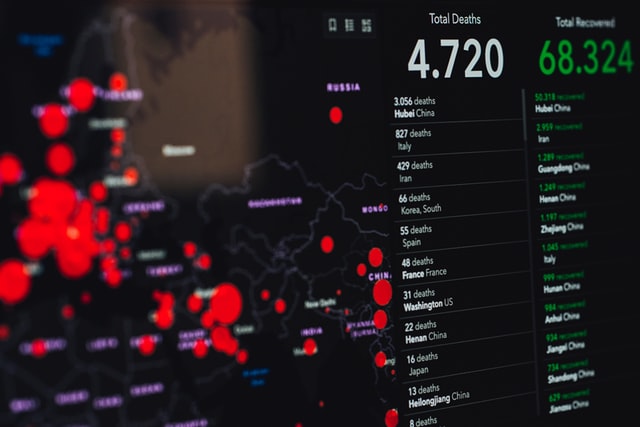Jeffrey H. Cohen, The Ohio State University and
Ibrahim Sirkeci, Regent’s University London
This week the United Nations General Assembly held the first-ever Summit for Refugees and Migrants.
According to U.N. Secretary-General Ban Ki-moon, the summit represented “a watershed moment to strengthen governance of international migration and a unique opportunity for creating a more responsible, predictable system for responding to large movements of refugees and migrants.”
The Obama administration and U.S. State Department organized a parallel program on Sept 20. The Leaders’ Summit on Refugees emphasized similar themes.
The shared goals of the summits focused on the increase in the number of refugees. Refugees are a subset of the more than 65.3 million displaced people worldwide and include approximately 21 million men, women and children.
In response, the General Assembly and its 193 member states adopted an agreement committed to developing standards of care that include providing better educational opportunities for refugee children; improving the working conditions for displaced adults and fighting to counter xenophobia, fear and what British Prime Minister Theresa May has described as the “liberal” rules of the Geneva Conventions.
Ban declared the results of the summit were “a breakthrough in our collective efforts to address the challenges of human mobility.”
Nevertheless, critics of the summit said it did not go far enough. Philipe Bolopion, the deputy director for Human Rights Watch, said the U.N. General Assembly fell short. “We’re facing an historic crisis and the response is not historic,” Bolopion said.
Based on our work with migrants and refugees in Europe and the U.S., we believe the main issues that remain unaddressed are the root causes – that is, insecurities – uprooting millions around the world.
The UN summit on refugees and migrants
First, the summit participants spent little time addressing the root causes of forced displacement and insecurities that drive refugees to flee and encourage migrants to set off for new destinations. Refugees and migrants do not simply appear, as we argue in our book “Cultures of Migration.” Rather, they are a response to unrest and insecurity. Insecurity can take many forms and range from small-scale, interfamilial disputes to large-scale violence and clashes that threaten life. Insecurity defines both what is lacking as well as how someone is motivated or forced to leave home.
Programs that address unrest and tackle insecurity, such as the World Food Program in Uganda, may not always stop a civil war, counter displacement or foster economic growth, but they can help. Nevertheless, a focus on the root causes of displacement and migration can also expose the ways in which political regimes and state systems, among other players, manipulate their citizens, take advantage of marginal groups, including religious minorities, and build relief programs around despots.
Second, too often programs like the ones discussed in the summit and meant to address the status of refugees and migrants, portray refugees as victims suffering from insecurities. This approach does not acknowledge the costs of displacement for refugees and other movers nor the insecurities they may face.
Furthermore, it describes migrants in contrast to refugees. The implication is that migrants are motivated by the pull of well-paying jobs, do not suffer and may be a threat. This is evident in the xenophobic characterizations of North Africans in Europe and Mexicans in the U.S. These distinctions can only fuel anti-immigration sentiments.
The Leaders’ Summit on Refugees
Participants in the leaders’ summit convened by the U.S. State Department and Obama administration focused on building material support for refugee resettlement programs globally.
In the meeting, 11 countries including the US doubled their financial contributions to refugee assistance programs. Also, 51 U.S.-based companies committed millions of dollars in support. The support ranged from direct financial contributions to contributions of goods, services and expertise to support resettlement, education and workforce participation while fighting xenophobia.

President Barack Obama speaks during a CEO roundtable at the United Nations.
REUTERS/Kevin Lamarque
Money for resettlement is certainly a critical and important need. But there needs to be more emphasis on efforts to facilitate integration and recognition of the two-way nature of the adaptation process. Better programming including projects to rebuild and resettle refugees in their former homes may help avoid another crisis in the future.
What happens next?
The response to refugees and migrants is often xenophobic nationalism and fear. In the minds of many citizens, terrorists masquerade as Syrian refugees, while Mexican migrants engage in criminal activity. And in nearly every case, there is a fear that refugees and migrants will access public assistance at the cost of citizens’ welfare.
To be fair, the General Assembly and the Obama administration are aware that the future of refugees and migrants is far from settled, and that it is critical to respond to xenophobia if solutions are to be found.
Resolving the causes and challenges of the refugee crisis will not be easy. Nevertheless, the U.N. and U.S. State Department summits are an important, if imperfect, start as we engage migrants and refugees, listen to their stories and confront the insecurities that drive them.
![]()
Jeffrey H. Cohen, Professor of Anthropology, The Ohio State University and Ibrahim Sirkeci, Professor of Transnational Studies and Marketing & Director of Regent’s Centre for Transnational Studies, Regent’s University London
This article was originally published on The Conversation. Read the original article.



